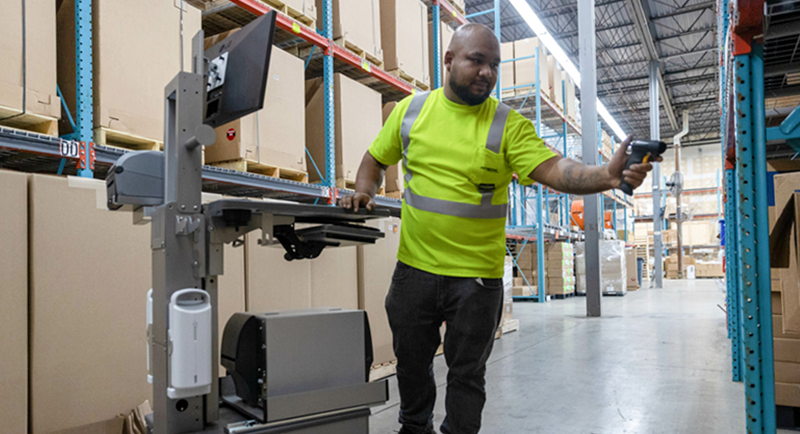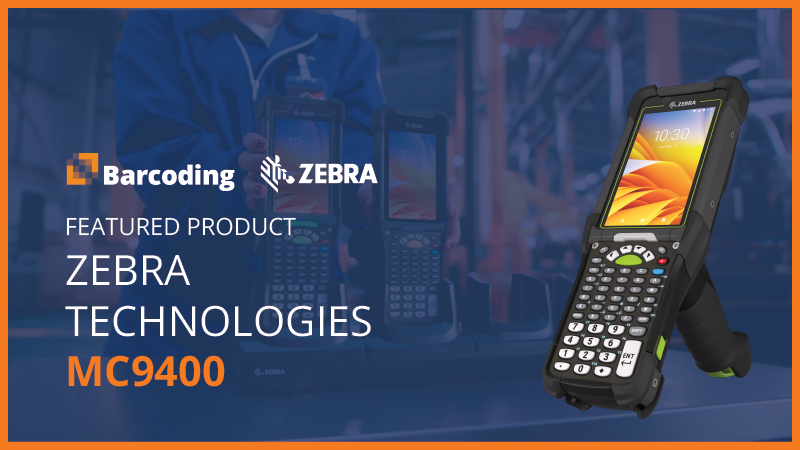Written by Steve Shaheen, CEO and Founder, DTG
Many e-commerce providers, third-party logistics companies, and manufacturers are enabling a faster and more efficient supply chain by leveraging cross-docking in their warehouses. This article explores the role of cross-docking, as well as its challenges, solutions, and opportunities.
While cross-docking facilities have been around for some time, they’ve grown in popularity with the rise of e-commerce and consumer demand for faster delivery cycles and the rising complexity of the supply chain, which require a leaner process to ensure on-time deliveries.
What is Cross-Docking?
Cross-docking involves a quick turnaround of products coming into the warehouse. Once a truck arrives at the warehouse its contents need to be unloaded, sorted, and then loaded immediately onto outbound trucks without being stored in the warehouse or becoming part of the inventory. Cross-docking requires that warehouses and transportation functions work closely together and share critical information. While it often involves products such as cold foods that are perishable, it is also used for high-demand products that typically don’t remain in the warehouse for very long.
Cross-docking saves time and resources since it eliminates the need to transfer inbound shipments for storage into the warehouse, as well as all of the management and handling that it entails, and it conserves precious warehouse space since inventory comes in and goes out quickly. It also provides a faster delivery of goods and reduces the middle step between receiving and shipping.
As part of the cross-docking process, products are received at the warehouse loading dock and sorted according to where they are going. They are then transferred to outgoing trucks via a forklift or conveyor belt without going into the warehouse storage area. They then quickly depart for their final destinations.
Since cross-docking involves almost a turn-style approach to inventory, the challenge is in effectively tracking and documenting inventory coming in and out of the loading dock. For this reason, a powerful warehouse management system (WMS) is essential, as well as the laptops, printers, and other tools that enable proper data entry and retrieval. The problem, however, is that there is usually very little space for tools, or storage space for inventory before it is transferred to the outbound dock section of the area.
Removing Motion Waste in Cross-Docking Facilities
Despite the role of technology in helping to ensure the efficient, accurate, and timely turnaround of products from -- receiving to shipping -- in the cross-dock facility, humans are still very much required to ensure success. It is human workers who enter data into the WMS, print bills of lading, and labeling shipments. Yet traditionally they have had to visit a fixed workstation to access the WMS, then walk to a printer to produce labels and get products ready for the outbound process. Despite the confines of a cross-docking facility, this motion wastes time and reduces efficiency. It also contributes to safety risks, since spreading tools and technology throughout a cross-docking facility and running a makeshift power supply creates a disorganized, hazardous work environment.
Because of this motion waste, many warehouses are turning to mobile workstations, which allow them to bring their tech devices directly to the inventory as they come off the truck, and likewise, on the outbound end of the facility. Mobile workstations allow products to be processed as they come off the truck, making it easier and faster to load them directly onto the next truck. This eliminates excess material handling, and it reduces inventory loss and errors.
Battery Power Is a Key To Successful Cross-Docking
Yet tech devices require power, and often lots of it. A key impediment to fast turnaround can be the need to recharge devices, which can contribute to even more motion waste. Many manufacturers are addressing this by using the most advanced battery systems available to maintain power throughout a shift and offer ample redundancy in the event a battery does require charging in the middle of a shift.
Mobilizing cross-docking facilities by bringing productivity to the point of task also can go a long way to boosting the employee experience within a high-pressure environment, where employees are judged by their speed and accuracy. By boosting safety and providing mobile workstations that reduce repetitive motion fatigue, employees can complete assignments faster, safer, and more conveniently.
Cross-docking is on the rise as the need for faster and more dependable supply chain operations grows. Yet, mobilizing technology to the point of task is a key solution to improve efficiency and enable safer picking, packing, assembly, scanning, and labeling operations.
For more information on how you can make your cross-docking logistics operations more efficient with mobile-powered workstations visit www.dtgpower.com




